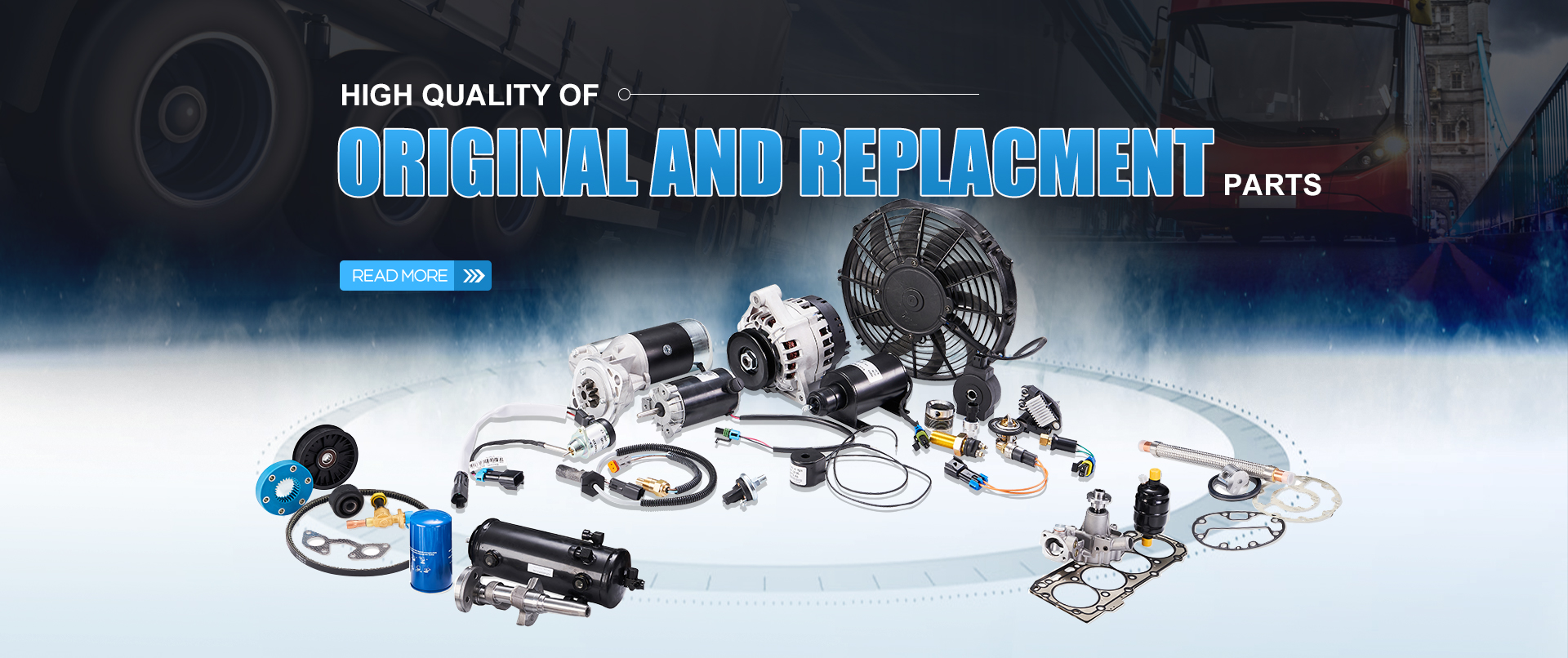When the external circuit energizes the excitation winding through the brushes, a magnetic field is generated and the claw pole is magnetized into N and S poles. When the rotor rotates, the magnetic flux alternately changes in the stator winding, and according to the principle of electromagnetic induction, an alternating induction electric potential is generated in the three-phase winding of the stator. This is the principle of alternator power generation.
The rotor of a DC-excited synchronous generator is driven by the prime mover (i.e., engine) and rotates at speed n (rpm), and the three-phase stator winding induces an AC potential. If the stator winding is connected to an electrical load, the motor will have AC output, which will be converted to DC by a rectifier bridge inside the generator and output from the output terminal.
The alternator is divided into two parts: the stator winding and the rotor winding. The three-phase stator winding is distributed on the shell at an electrical angle of 120 degrees from each other, and the rotor winding is composed of two pole claws. The rotor winding consists of two pole claws. When the rotor winding is turned on to DC, it is excited and the two pole claws form the N and S poles. The magnetic lines of force start from the N pole, enter the stator core through the air gap and then return to the adjacent S pole. Once the rotor rotates, the rotor winding will cut the magnetic lines of force and produce a sinusoidal electric potential in the stator winding with a mutual difference of 120 degrees of electrical angle, i.e., three-phase alternating current, which is then changed to direct current output through the rectifier element composed of diodes.
When the switch is closed, the current is first supplied by the battery. The circuit is.
Battery positive terminal → charging indicator → regulator contact → excitation winding → latch → battery negative terminal. At this time, the charging indicator light will be on because there is current passing through.
However, after the engine starts, as the generator speed increases, the terminal voltage of the generator also rises. When the output voltage of the generator is equal to the battery voltage, the potential of the “B” and “D” ends of the generator are equal, at this time, the charging indicator light is off because the potential difference between the two ends is zero. The generator is working normally and the excitation current is supplied by the generator itself. The three-phase AC potential generated by the three-phase winding in the generator is rectified by the diode, and then the DC power is output to supply the load and charge the battery.
Post time: Aug-25-2022


